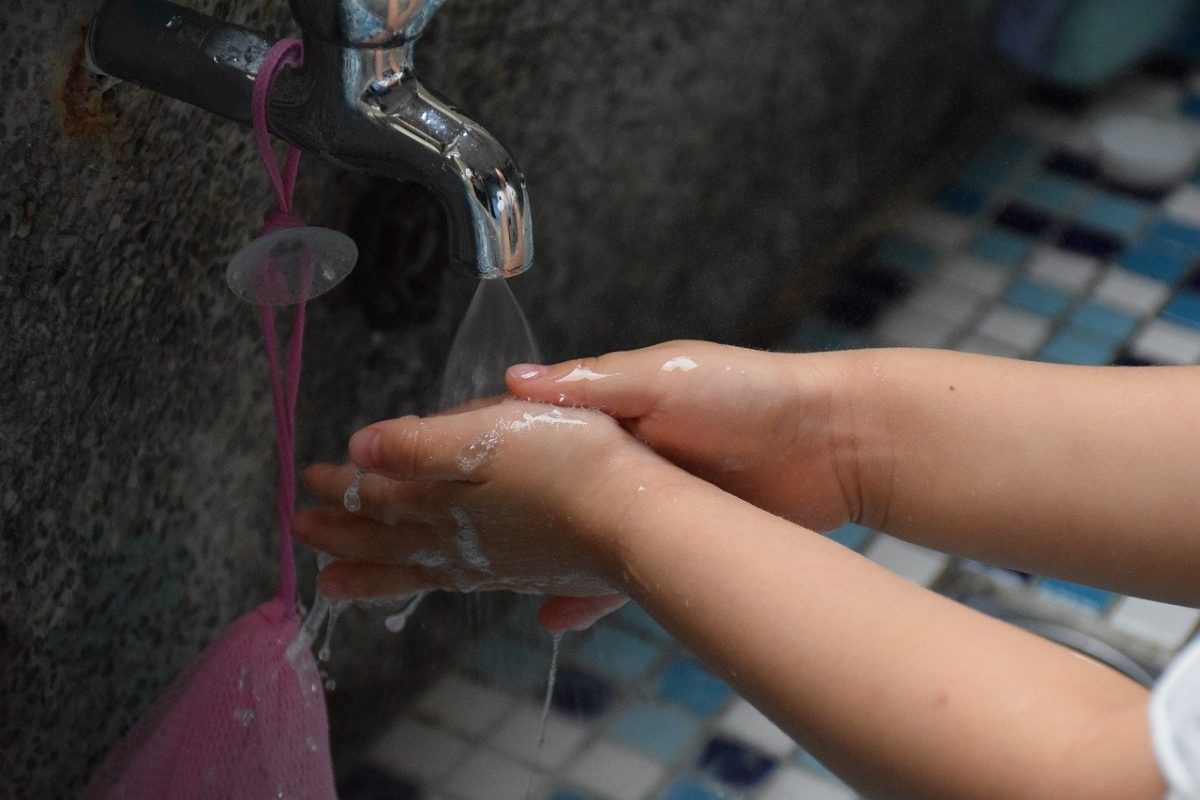
Empower children by reminding them of all the things they can do to help, UM professor says, like washing hands. // Image: Pixabay
UM experts on how to reduce children’s anxieties during COVID-19
University of Manitoba psychology professors have shared their thoughts with media and UM Today on how parents can help mollify children’s anxiety in the face of COVID-19’s upheaval of daily life.
Here’s some of what they said.
Honesty
“It’s important to be honest, giving them accurate information when necessary, but it must also be age-appropriate,” Leslie Roos, an assistant professor at UM and an investigator at the Children’s Hospital Research Institute of Manitoba (CHRIM), told the Winnipeg Free Press.
Focus on the positives
“You can talk to them about how strong their bodies are and how great they are at fighting off disease,” says Roos. “That would be more helpful than saying something which might cause them to worry about their grandparents’ safety.”
Roos also tells UM Today that we remind children of all the things they can do to help: “Give others space, wash our hands, avoid contact with all the friends we might want to spend time with — just for now.”
Heal yourself
“Addressing your children’s anxiety is often about addressing our own,” says alumnus Rehman Abdulrehman [BA(Hons)/97, MA/01, PhD/07], director of Clinic Psychology Manitoba and an assistant professor at UM.
“If we appear calm and sure, we can lend some of that confidence to children about these issues, and help reduce anxiety,” he told the Winnipeg Free Press.
Children will react differently to novel situation, and there are many online supports should you need them, like Worry Shrinker or this site specifically related to COVID-19 anxiety.
Routine routine routine
Children are less anxious when they have routines in their lives, Abdulrehman and Roos say. Build a schedule that works for you, but perhaps the day begins at 9 a.m. with morning exercise, followed by academic time, creative time like arts and crafts or Lego or music, then lunch, followed by chores, quite time, some more academic time, outdoor fresh air, and then dinner.
That said, Abdulrehman recognizes that parenting philosophies are influx, especially with screen time limits while children are off school and parents are working from home.
Screen time can be semi-interactional when you engage in a conversation about the show with your child, he says. Ask them questions about characters. Pause the show, and act out scenes with them. Turn it into a game. Using the show as a structure, will allow you both a semi-break.
“We are in a time when we need to be flexible with house rules.”






